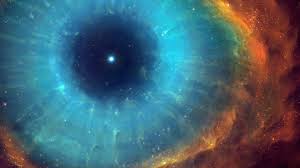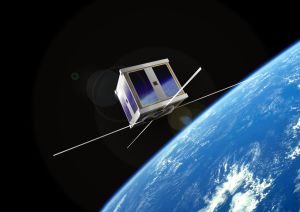Here’s my list of Honours projects for 2017. If you are keen to do one of these, please email me or drop by to discuss.
1. Construct a Satellite Ground Station
In 2018, the University will start to launch CubeSats into low earth orbit. We will need a ground station to communicate with our satellites. The project will require the student to construct an antenna system comprising a software defined radio, corresponding control and analysis software, and display the information in a suitable format. This work will be done in conjunction with the Auckland Programme for Space Systems, using the new APSS laboratories on Symonds Street and the Department of Physics Electronics Laboratory.
2. Get into Machine Learning and classify Supernovae (in conjunction with JJ Eldridge)
This project will involve training a machine learning algorithm to classify standard supernovae lightcurves. The work will then be to see how the classifier copes with rarer, non-standard supernovae light curves, adapting the learning algorithm to correctly classify these non-standard curves as well. This work could then be extended to be part of the Transient and Variable Survey work of the Large Synoptic Survey Telescope (LSST), making predictions on how well the LSST will discover these rarer supernovae light curves.
3. Astronomical Seeing Measurements in the Greater Auckland Area.
One of the Department’s 40 cm Meade telescopes has been converted into a seeing monitor. Seeing is a measure of atmospheric turbulence. This project will involve the student making seeing observations at various sites in the Greater Auckland area, analysing the results and publishing these. The student will have to be comfortable working at night, and have a full driver’s licence.
4. Multidimensional Dataset Visualisation with an Oculus Rift
This project will require the student to investigate the software available for displaying multidimensional datasets using an Oculus Rift. The key objectives are to have a suite of software tools available to allow a user to navigate complex multidimensional data via virtual reality immersion. Students should have a high level of programming ability.
5. Detecting Atmospheric Meteor trails
Meteors entering the Earth’s atmosphere leave a trail of ionised particles. We have a software-defined radio system set up to detect radio signals from Christchurch which are forward-scattered off these trails. This system is working successfully, but can be improved upon. The honours project will comprise optimising the system to improve the number of detected meteor trails, to compile statistics of this year’s meteor showers and report them to the International Meteor Organisation. The project would also comprise making the observed data available via the Internet in real-time.
6. Design a CubeSat to perform Synthetic Aperture Radar measurements
With the Auckland Programme for Space Systems starting here at the University of Auckland, we are beginning to think about how New Zealand can benefit from utilising space. This project will be to design a synthetic aperture radar system that can be carried on a CubeSat (a 10x10x10 cm) satellite. Careful attention will need to be paid to power budgets, communication bandwidth budget and of course mass and volume budgets. Some experience in electronics would be an advantage.





